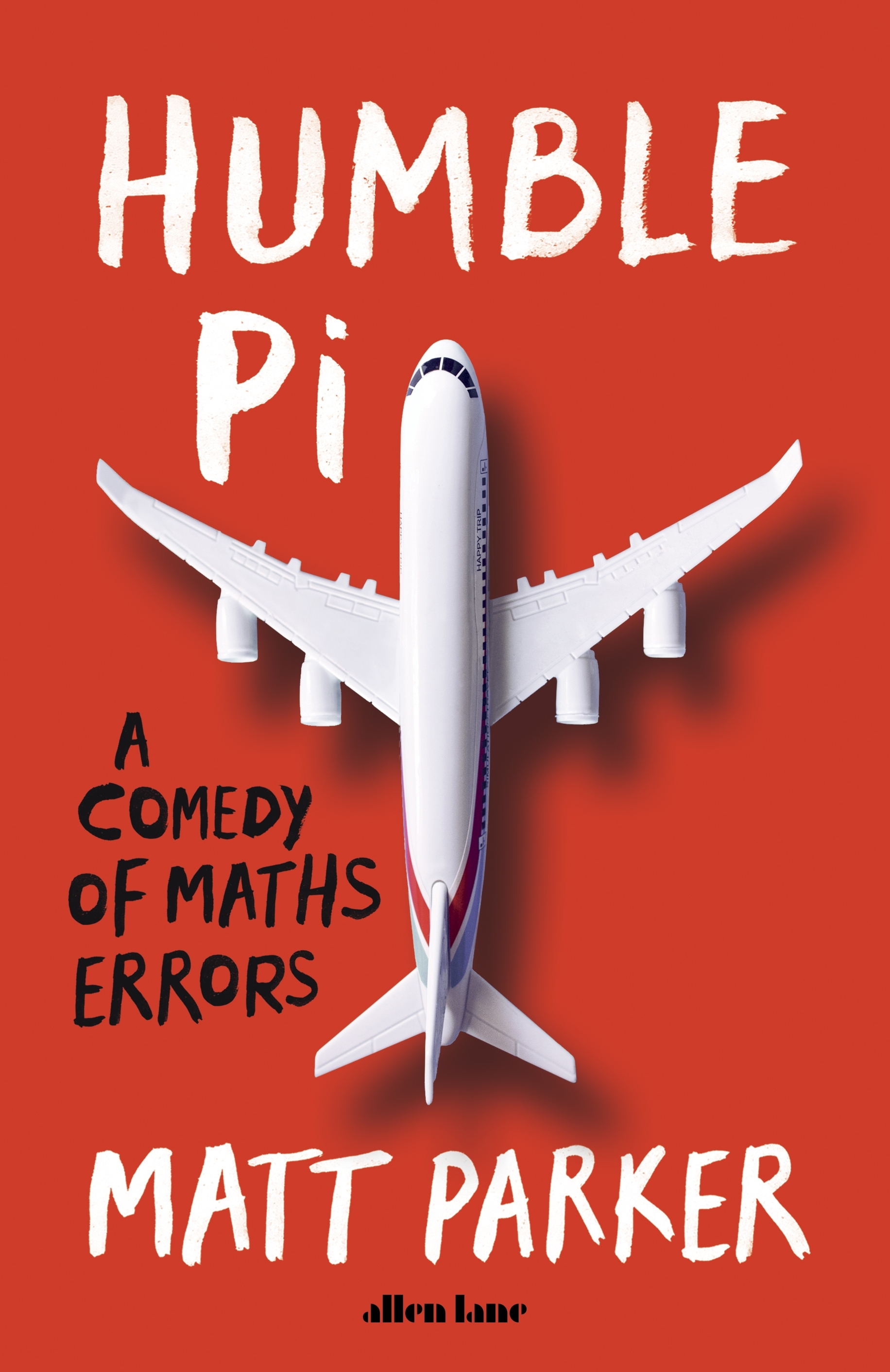Book Review: Humble Pi
Tim McQueen
Programmers, mathematicians, engineers and statisticians should all enjoy Humble Pi (a comedy of maths errors). Matt Parker is Australian and currently Engagement in Mathematics Fellow at Queen Mary University in London. The pages are numbered from 313 to 0, with the index starting at 4,294,697,293 (apparently a Microsoft InstallShield error exit code). He starts the book illustrating how poor we are at understanding large numbers. We all toss around millions, billions & trillions, but do we remember that although a million seconds is less than a fortnight, a trillion is around 31,000 years? He believes we naturally perceive numbers logarithmically rather than linearly and are easily confused by negative quantities. We all make maths mistakes; he claims to have left three uncorrected in the text, but I didn’t spot them.
Losing track of time discusses the concept of storing elapsed time in seconds and what can happen when the number gets greater than the word length can store as was the case with the rollover of some early GPS systems. Time can be managed much better with 64 bits; no reset is required for more than 500 million years. He discusses calendars and the differences between sidereal & tropical years. Parker suggests opening the default iPhone calendar in year view and scrolling back to 1847.
In Engineering mistakes he postulates that engineers learn by experimenting with new methods and materials using current state of the art analysis. He cites well known examples like the Millenium Bridge in London; there had been few indications of lateral (rather than vertical) oscillations before that. He also shows examples of how changes to designs made without recalculation of loads can lead to loss of life.

Little Data illustrates the issue that there are real people with surnames like Null, Test, Blank and Sample which can cause havoc in databases. Parker bemoans the fact that so many people use Microsoft Excel as a database rather than a spreadsheet with all the problems that can lead to. Guess what Excel makes of the gene March5.
Out of shape covers a couple of his bugbears: soccer balls shown as made entirely of hexagons,illustrations of the crescent moon with stars visible inside the crescent and intersecting cogs that can never move.
You can’t count on it discusses counting, particularly ‘off by one’ errors as well as combinations, permutations, postcodes and the dangers of truncation. There is a whole section on division by zero.
Probably wrong covers probability. A coin toss can result in the coin landing on its edge, particularly on grass.
Put your money where your mistakes are traces typos, copying errors and the like for over 5 000 years. This section also covers automated stock trading.
A round-about way considers rounding and significance. Is it true that putting clocks forward for daylight saving causes an increase in heart attacks on the following Monday?
Too small to notice includes incidents like the grinding error with the Hubble telescope. Parker also uses a melting swiss cheese analogy for accident causes.
Units, conventions and why can’t we just get along; the metric system, decimals, and how some Trump supporters think that $360 million divided amongst 317 million people is more than $1 million per person.
Stats the way I like it; correlation versus causation. Between 1990 & 2009 the number of Maths doctorates awarded in the US had an 87% correlation with the number of people who tripped over their own two feet and died.
TLTLOALY RODANM covers the difficulty of generating truly random numbers.
Does not compute includes examples of some obscure languages like brainf_ck.
Finally, So what have we learned from our mistakes ties all the themes together.